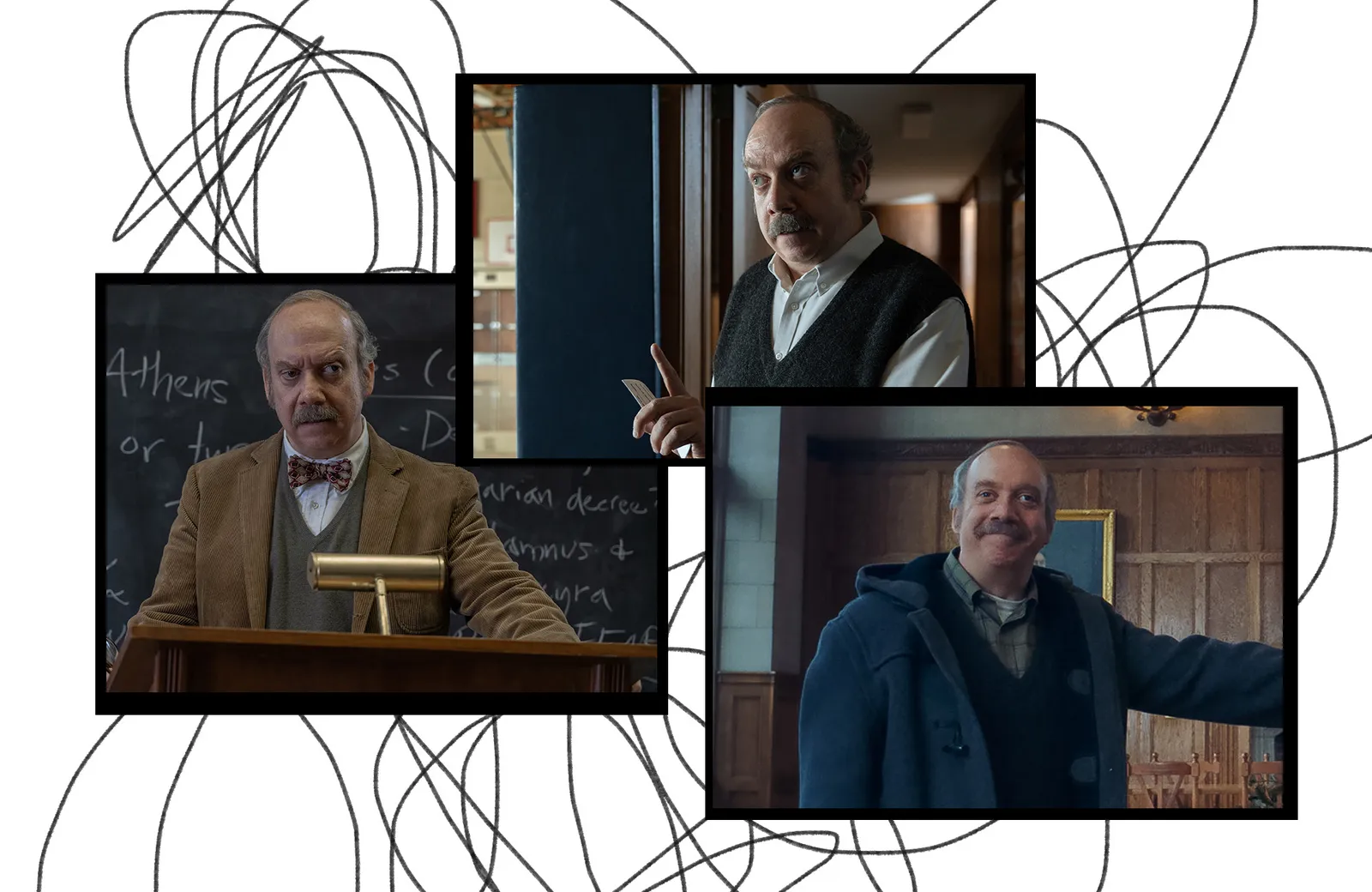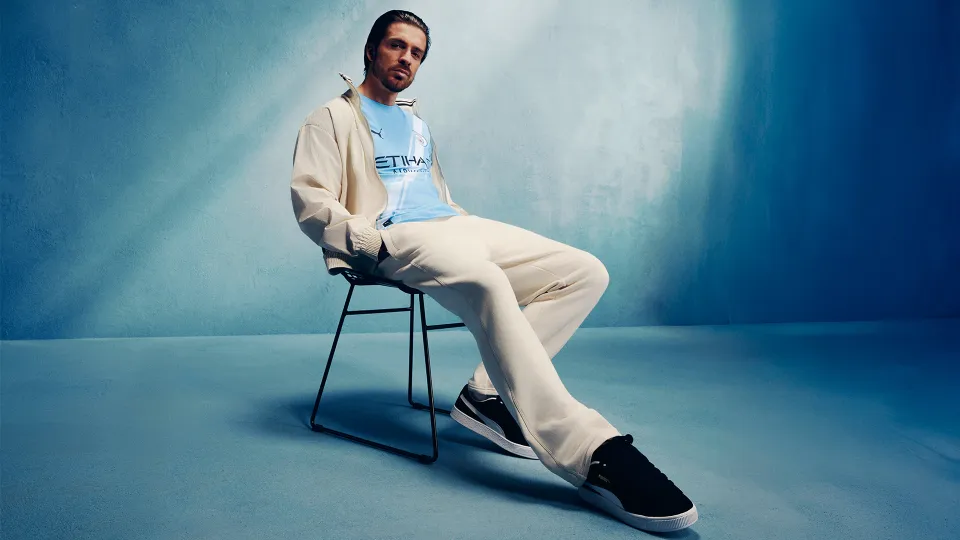The Unseen Artist Behind the Lens
When The Holdovers premiered at the Telluride Film Festival, audiences were swept away by its heartfelt story, wry humor, and Paul Giamatti’s unforgettable performance as the cantankerous classics teacher Paul Hunham. But amid the accolades and emotional resonance, one peculiar question bubbled up among viewers: “Does Paul Giamatti really have a lazy eye?”
The answer, of course, is no. But you’d be forgiven for thinking otherwise. Giamatti’s uncanny transformation included a detail so subtle and believable that even members of the crew were fooled. That feat was thanks to an intricate collaboration between the film’s makeup and visual teams—most notably contact-lens designer Cristina Patterson and technician Zach Ripps.
A Deceptively Simple Illusion
The Day Everyone Got Fooled
On the very first day of filming, Cristina Patterson had an unexpected moment of validation. “The script supervisor said, ‘I didn’t know Paul Giamatti had a bad eye,’” she recalled. That’s when she knew the illusion had worked.
The lazy eye wasn’t just a cosmetic flourish—it was a critical part of Paul Hunham’s character. It conveyed vulnerability beneath his irascible surface, becoming both a punchline and a poignant metaphor. Dominic Sessa’s character Angus even calls it out directly in the film, exasperatedly asking Paul which eye to focus on during a conversation. That blend of humor and humanity is central to The Holdovers, and the eye helped strike that tone perfectly.
Bringing in the Best: Cristina Patterson’s Reluctant Yes
From Orcs to Boarding Schools
Cristina Patterson has worked on massive genre projects like The Lord of the Rings: The Rings of Power and Fear the Walking Dead, where she’s transformed actors into terrifying creatures. But for The Holdovers, makeup department head Sarah Rubano had something entirely different in mind—an understated, human detail that required just as much precision.
Rubano knew Patterson was the only one for the job. “She’s the best in the world,” Rubano said. “These lenses are absolutely imperative for the storytelling aspect of this film, and I don’t trust anyone else.” Patterson initially declined—she was too busy—but Rubano was relentless. Eventually, Patterson gave in, unaware of just how technically demanding the project would be.
Painting a New Reality
The Challenge of Imperfect Perfection
Creating the lens wasn’t just about distorting the gaze—it was about mimicking the unpredictable nature of human vision. “We’re dealing with the eye color that changes,” Patterson explained. “Sometimes it photographs brown or green or blue, and it’s not just the iris that has to be adjusted—it’s the white of the eye.” Human eyes aren’t perfectly white, after all. The lens had to look natural, even when up close.
To pull it off, Patterson hand-painted the soft lenses, using a chemical process she closely guards as a trade secret. After multiple versions and trial runs, she finally found the right balance.
Then director Alexander Payne threw her a curveball: he wanted the lazy eye to switch sides depending on the shot. Patterson’s painstakingly crafted left-eye lens now had to be replicated for the right eye—requiring her to start from scratch. “Sarah calls me and says, ‘It’s perfect. Let’s do it all over again for the other eye,’” Patterson laughed.
Swapping Eyes on the Fly
The Secret Weapon: Zach Ripps
Executing that vision on set required agility, and that’s where Zach Ripps came in. As the on-site contact lens technician, he worked closely with Giamatti to ensure the correct lens was in place for each shot.
Ripps was always ready to swap the lens as needed—sometimes in the middle of complex setups. According to Rubano, “Zach is quite a ninja with getting the lenses in and out.” His ability to seamlessly adjust lenses allowed the production to maintain the subtle inconsistency, keeping viewers as disoriented as Giamatti’s onscreen students.
In fact, the two lenses weren’t even identical. “The right lens was more extremely off-center than the left,” Ripps revealed, deliberately pushing the illusion even further. It kept audiences guessing which eye was the “right” one—just like Angus Tully in the movie.
A Lens That Changed the Performance
Paul Giamatti’s Transformation
For Giamatti, the lens wasn’t just a cosmetic tool—it altered his performance in surprising ways. The actor, who’s no stranger to physical transformations, admitted he was initially uneasy. “I’m not squeamish about anything, except having an object in my eye,” he confessed in an email.
Ripps, however, helped him overcome that discomfort. Once Giamatti acclimated, he found the lens oddly liberating. “Adjusting to the ways the lens limited me physically gave me a lot to work with imaginatively that I can’t even articulate,” he explained. “It made Paul Hunham feel like he’s kind of an outsider.”
Giamatti’s performance went on to win both the Golden Globe and Critics Choice awards, and he earned an Oscar nomination for Best Actor. While his acting chops certainly carried the role, the lens helped amplify the character’s isolation and insecurity in a uniquely subtle way.
The Hidden MVP of Awards Season
A Work of Art in the Shadows
For months, the work of Patterson and Ripps remained one of The Holdovers’ best-kept secrets. With audiences and critics marveling at Giamatti’s appearance, few realized the artistry that went into one seemingly minor detail.
“I was delighted how fooled people were!” Giamatti said, chuckling. Eventually, he felt compelled to pull back the curtain. During interviews with Howard Stern and in Q&As, he began crediting Cristina Patterson directly. “The eye is a genuine work of art,” he said, with obvious admiration.
Why the Lazy Eye Mattered
A Symbol of Character
In the world of cinematic transformation, flashy visual effects often steal the spotlight. But The Holdovers proves that subtle details can be just as impactful—if not more so.
Paul Hunham’s lazy eye wasn’t just a gimmick. It became a window into his soul, a physical manifestation of emotional depth and personal history. It reflected the discomfort, distance, and even tenderness that shaped him.
By switching sides, refusing clarity, and subtly throwing off the viewer’s perception, the eye mirrored the film’s tone—funny, poignant, off-kilter. And it did so without a single line of exposition.
The Unsung Heroes Behind the Lens
Collaboration That Made It Happen
It’s easy to overlook the contributions of makeup artists, contact lens designers, and technicians in the glitz of awards season. But The Holdovers wouldn’t be what it is without Cristina Patterson’s dedication and Zach Ripps’ quiet execution.
Together, they helped create one of the most convincingly human effects in recent film memory—one that required no CGI, no prosthetics, and no fanfare. Just craftsmanship, patience, and a deep understanding of character.
Final Thoughts
The story behind Paul Giamatti’s lazy eye in The Holdovers is a masterclass in understated movie magic. It’s a reminder that some of the most powerful visual effects aren’t explosions or monsters—they’re the ones you barely notice at all. By lending depth to a single eye, the filmmakers gave depth to an entire character—and in doing so, they proved just how powerful small details can be.
- Natural Lip Filler – Elegant Lip Enhancement & Subtle Lip Augmentation - December 19, 2025
- Lip Augmentation in London – Lip Filler London & Natural Lip Enhancement - December 16, 2025
- Bonnie Blue secretly filming huge C4 show which will reveal ‘what her life’s really like’ after 1,000 men sex stunt - June 5, 2025






